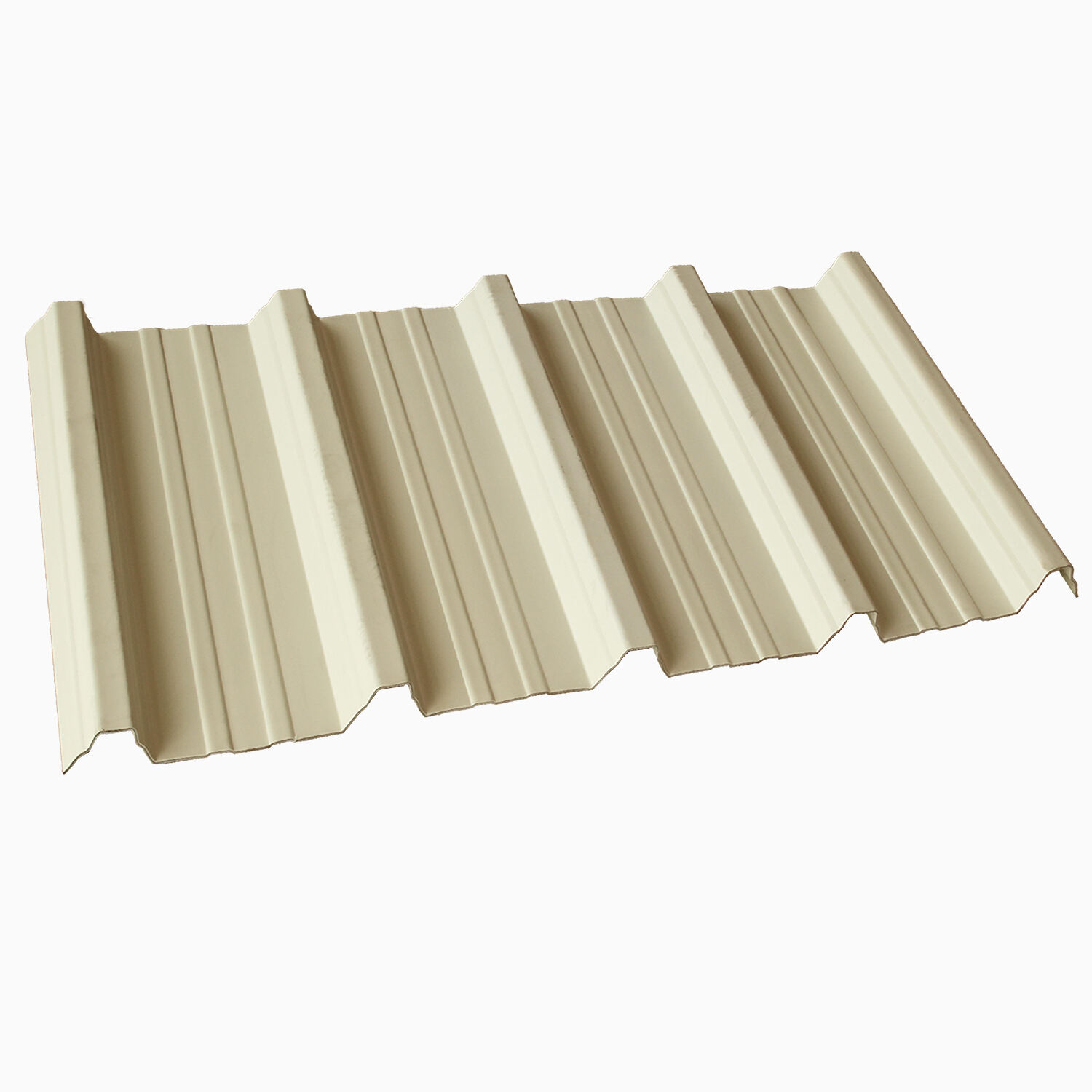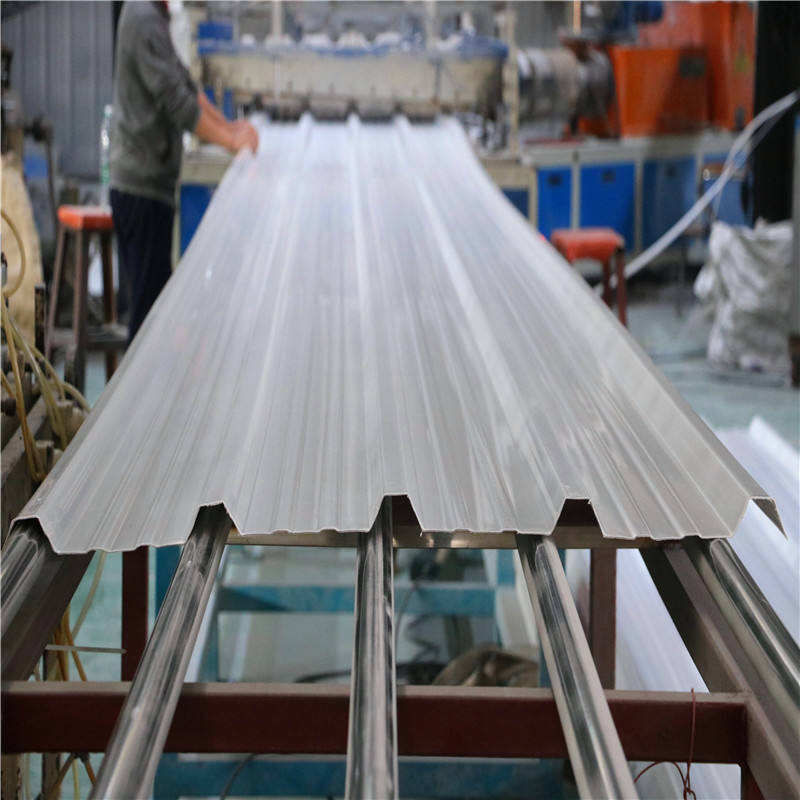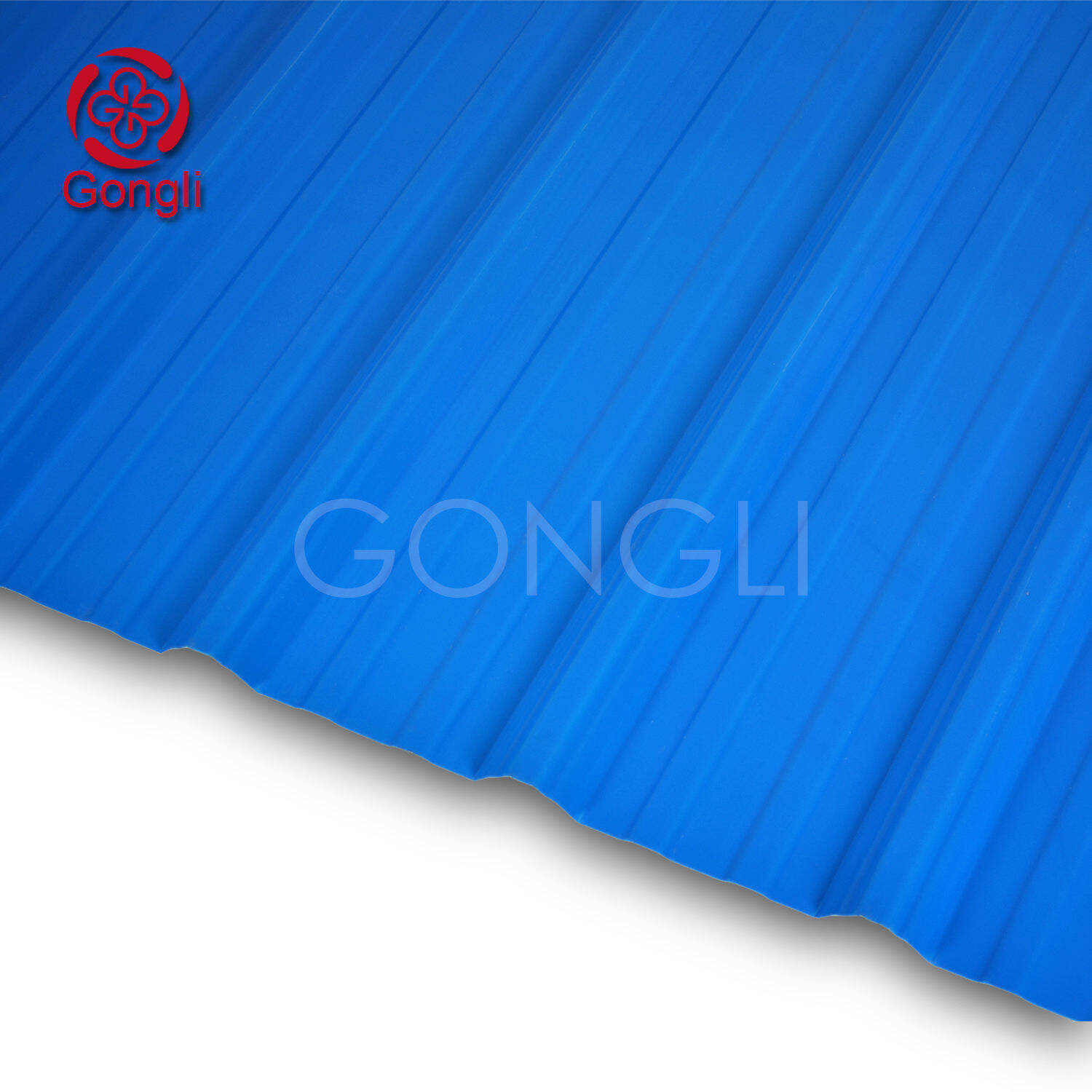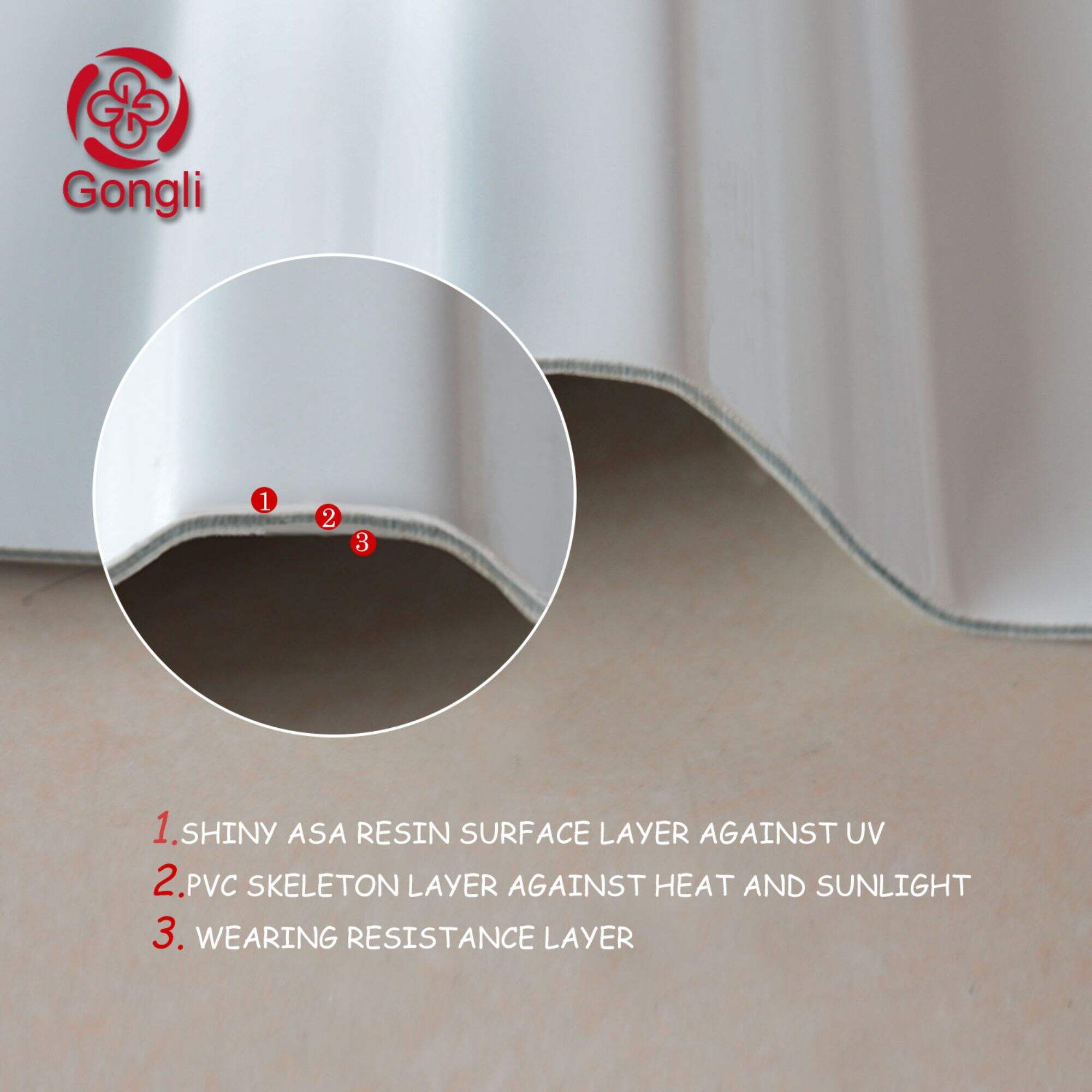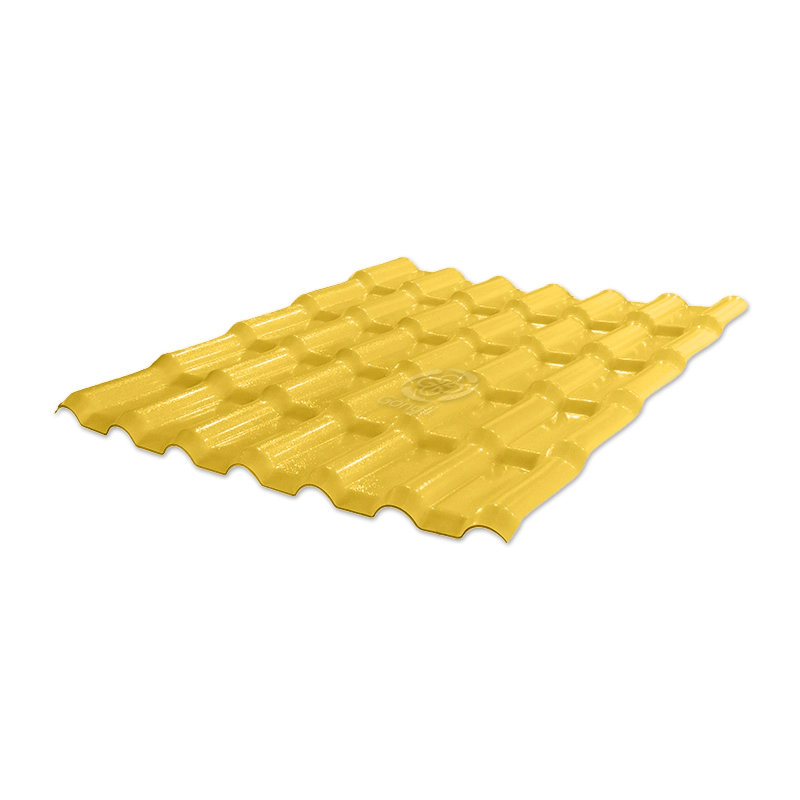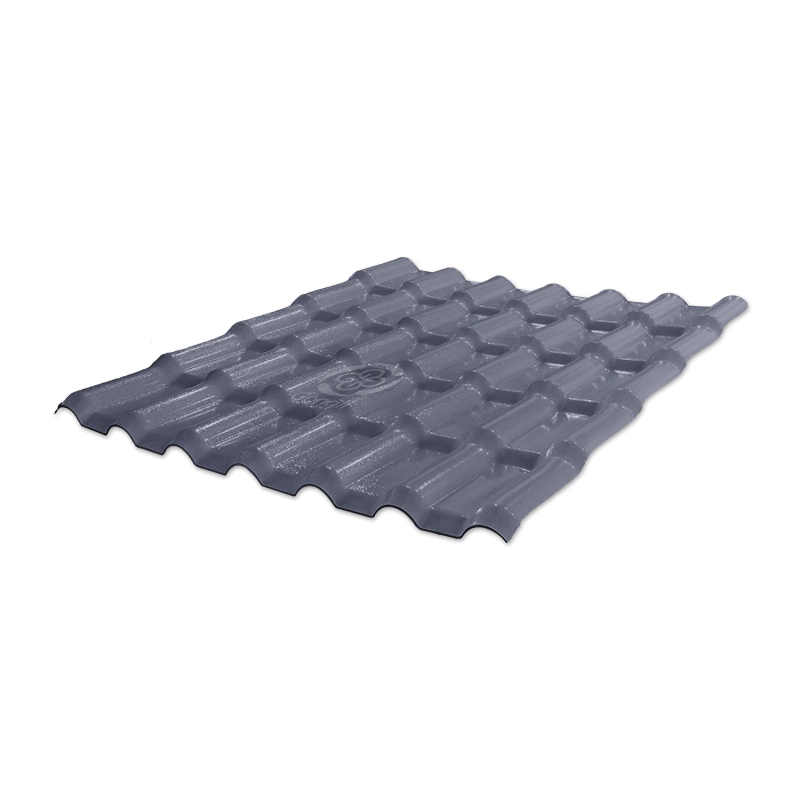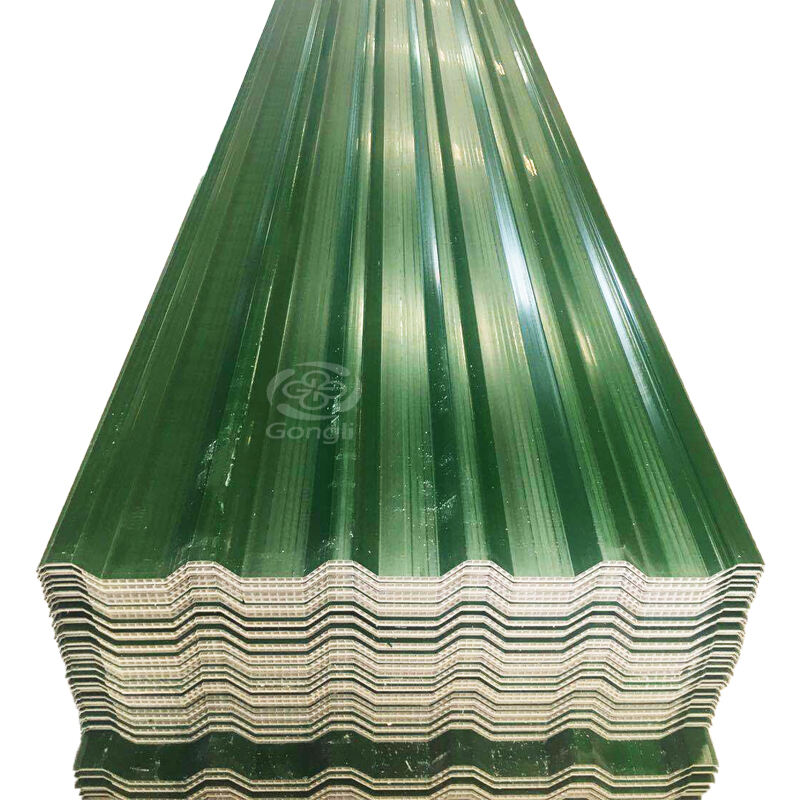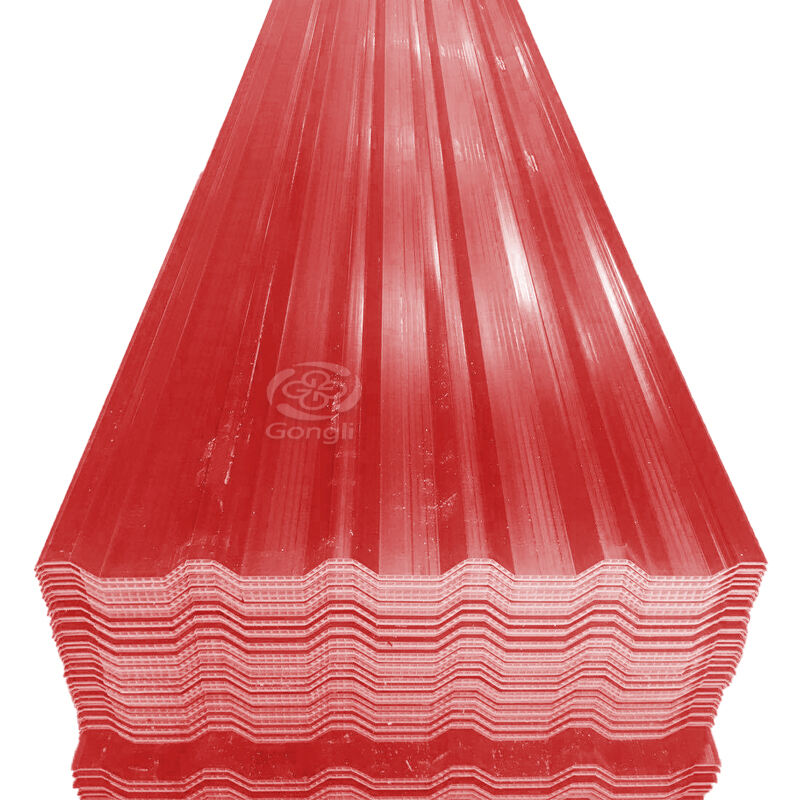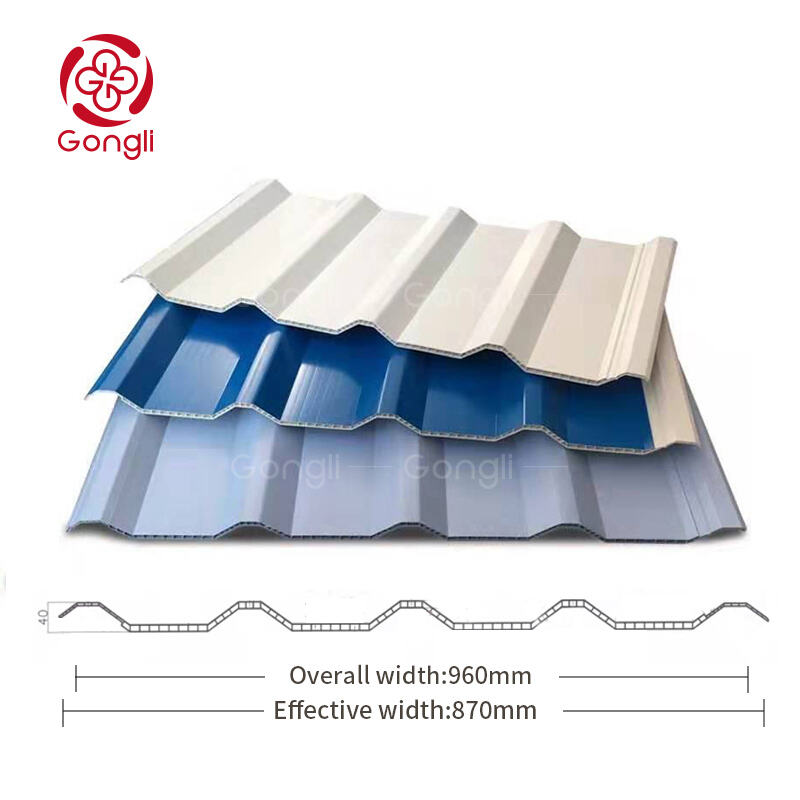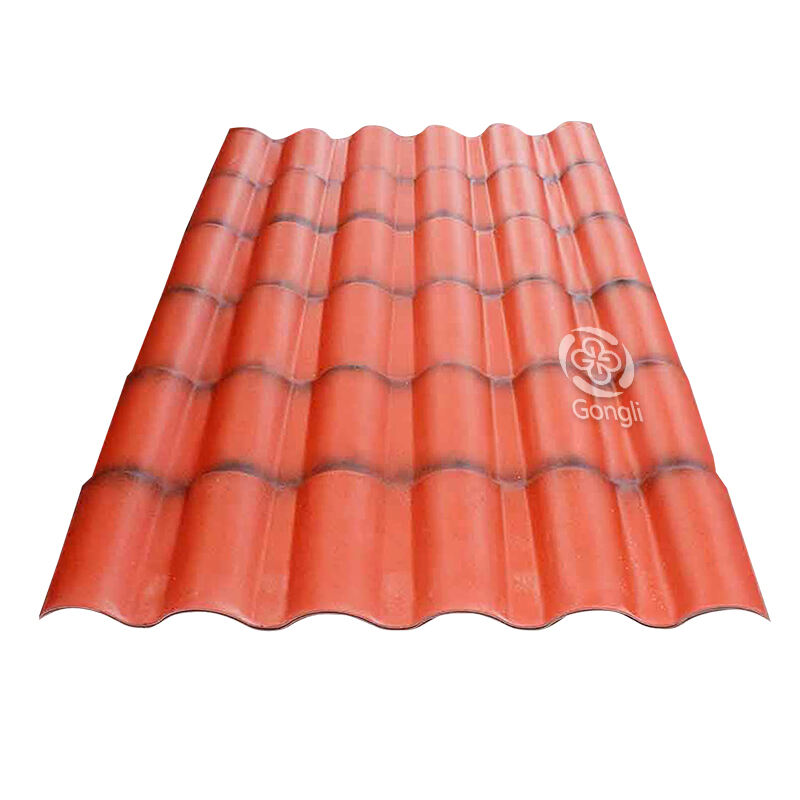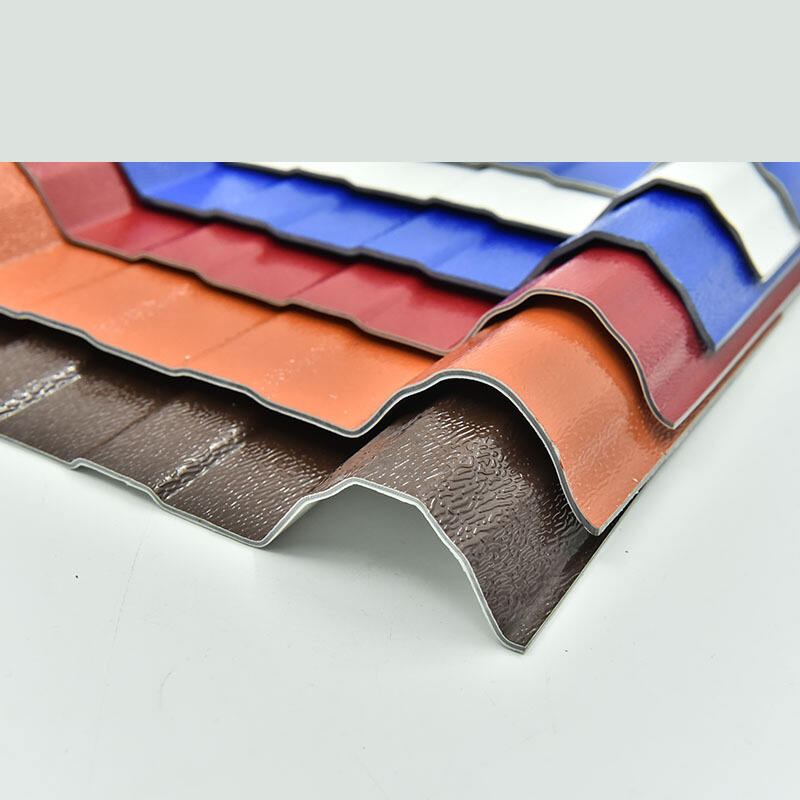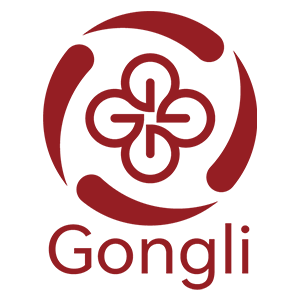Innovative Roofing Solutions: Trends to Watch in 2025
Sustainable Roofing Materials Leading 2025 Trends
Eco-Friendly ASA Synthetic Resin Tiles Revolution
ASA synthetic resin tiles are making waves as a key player in the eco-friendly roofing landscape. As an innovative roofing solution, these tiles offer a blend of durability and sustainability rarely seen in traditional materials. Produced through an environmentally conscious process, their lifecycle from production to disposal showcases a minimal carbon footprint. Unlike conventional roofing types like asphalt shingles or metal, ASA tiles significantly reduce environmental impact while delivering robust performance. According to a 2023 market report, the demand for ASA resin tiles surged by 30% in sustainable roofing projects, underscoring their growing appeal among eco-conscious builders. This shift highlights a collective industry effort towards embracing materials that blend modern functionality with sustainability, marking ASA tiles as a frontrunner in the movement towards more sustainable building practices.
Recycled Composites for Circular Economy Roofing
Recycled composite materials are at the forefront of the circular economy revolution in roofing. These materials, crafted from post-consumer waste, play a crucial role in reducing the industry's environmental footprint. By recycling, these composites reduce landfill waste and enhance product life cycles, making them a sustainable roofing choice. Statistics show a promising growth projection for recycled materials in the roofing industry, with experts predicting an increase of 20% by 2025. Case studies of projects utilizing recycled composites reveal significant benefits and cost-effectiveness. For instance, numerous buildings adopting these materials demonstrated improved insulation and energy savings, while also reducing overall construction costs. This dual advantage not only makes recycled composites an attractive option but also propels them as a viable solution that aligns with both economic and sustainability goals in the roofing sector, solidifying their importance in future building practices.
Advanced Roofing Technologies Redefining Durability
Impact-Resistant Hollow Corrugated Designs
Hollow corrugated roofing designs offer exceptional impact resistance and structural integrity, setting a new standard in roofing technology. These designs are engineered to withstand extreme weather conditions, ensuring that buildings are better protected against natural forces such as hurricanes and heavy rains. Research shows that there is over a 50% increase in resilience when hollow designs are used in areas prone to hurricanes. This resilience is due to the unique structural properties of corrugated designs that disperse force more effectively than traditional roofs.
Incorporating hollow corrugated roofing designs not only enhances durability but also provides long-term benefits for property owners. One of the significant advantages is the potential reduction in insurance costs due to the increased resilience of the roofing. Additionally, maintenance savings can be substantial as these designs require fewer repairs and replacements over time. The use of advanced roofing technology like hollow corrugated designs not only ensures safety but also contributes to economic savings for homeowners.
Smart Coatings with Lotus Effect Self-Cleaning
The lotus effect principle is revolutionizing smart roofing coatings by introducing self-cleaning properties that significantly reduce maintenance needs. This innovative technology mimics the natural self-cleaning mechanism of a lotus leaf, where contaminants are repelled and washed away with rainwater, keeping the roof clean and functional with minimal intervention. By incorporating the lotus effect, smart coatings extend the lifespan of roofs, reducing the frequency of cleaning and potential degradation from dirt buildup.
As market trends indicate, there's a rising adoption of smart coatings, reflecting a shift in consumer preferences towards low-maintenance and sustainable roofing solutions. Homeowners are increasingly drawn to technologies that promise efficiency and long-term cost savings. Expert insights suggest that future roofing technologies will continue to enhance the self-cleaning capabilities of these coatings, further driving the demand for smart, eco-friendly roofing solutions. This adoption aligns with a broader trend in the roofing industry to incorporate more innovative and environmentally sustainable practices.
Solar Integration & Energy Efficiency Breakthroughs
Weatherproof Roofing Synergy with Solar Arrays
The integration of solar arrays with roofing systems represents a significant advance in energy efficiency, combining cutting-edge technology with practical innovation. By incorporating solar panels into the roofing design, homeowners can harness solar energy without compromising structural integrity or weather resistance. Technical advancements have made roofs more weatherproof, ensuring that they can withstand varying weather conditions while still accommodating solar technologies effectively. Statistics have shown that improved roofing integration leads to increased solar energy output, making these systems highly efficient.
For instance, a case study involving a leading roofing project demonstrated a remarkable return on investment (ROI) for homeowners, showcasing the extensive benefits of integrating solar arrays with modern roofing solutions. The installation not only enhanced energy capture but also contributed to long-term savings and sustainability. This synergy between solar and roofing provides a forward-looking approach, redefining the concept of "solar roofing" as a robust, sustainable investment for modern homes.
Emerging Material Innovations in Roof Types
FRP/PC Hybrid Sheets for Architectural Flexibility
FRP/PC hybrid sheets are rapidly gaining popularity for their versatility in modern architectural applications. These advanced materials combine fiber-reinforced plastics (FRP) with polycarbonate (PC) to offer exceptional strength and lightweight characteristics, making them ideal for roofing innovations. Compared to traditional materials, they provide improved flexibility and adaptability, which is particularly beneficial for complex architectural designs. Industry experts highlight trends indicating a shift towards hybrid materials due to their enhanced durability, energy efficiency, and aesthetic appeal. For instance, successful installations in commercial buildings have demonstrated both aesthetic enhancements and functional benefits, showcasing the potential of FRP/PC hybrid sheets in transforming architectural possibilities. The growing interest in these materials is setting a new standard in roofing innovations that prioritize architectural flexibility and sustainability.
Next-Gen Composite Shingles Performance Analysis
Next-generation composite shingles are revolutionizing the roofing industry with their advanced features and growing market presence. These shingles boast impressive performance metrics, including increased longevity, superior resistance to weather extremes, and enhanced aesthetic appeal. Research indicates that composite shingles provide greater cost-effectiveness over time compared to traditional shingles. For instance, their durability reduces the need for frequent replacements, contributing to long-term savings for homeowners. Market research data highlights installation trends that point to a rising popularity of composite shingles due to positive consumer feedback, and improved consumer satisfaction is evident in the growing preference for these innovative materials. Notably, their ability to withstand harsh climatic conditions and maintain visual appeal makes them a favorite choice among homeowners seeking reliability and style. As consumer awareness continues to grow, composite shingles represent a significant leap in roofing performance and aesthetics, aligning perfectly with industry shifts towards innovative roofing solutions.
Product Showcase: 2025's Leading Roofing Solutions
ASA Synthetic Resin Tiles: 10-Year Color Guarantee
ASA synthetic resin tiles have marked their prominence in the roofing industry by offering a robust 10-year color guarantee, ensuring long-lasting aesthetic appeal and durability. These tiles are designed with ASA resin, a high-performance material that enhances resistance to impact and weather, making them ideal for flat-to-slope projects, steel structures, and more. Homeowners are increasingly drawn to these tiles because they significantly reduce maintenance costs through their excellent color retention and resistance to harsh environmental conditions. Industry leaders recognize the reliability of ASA tiles, with many predicting that their adoption will rise due to their blend of advanced technology and aesthetic benefits. The growing trend towards using durable roofing solutions is evident in the increasing market interest in ASA roofing tiles.
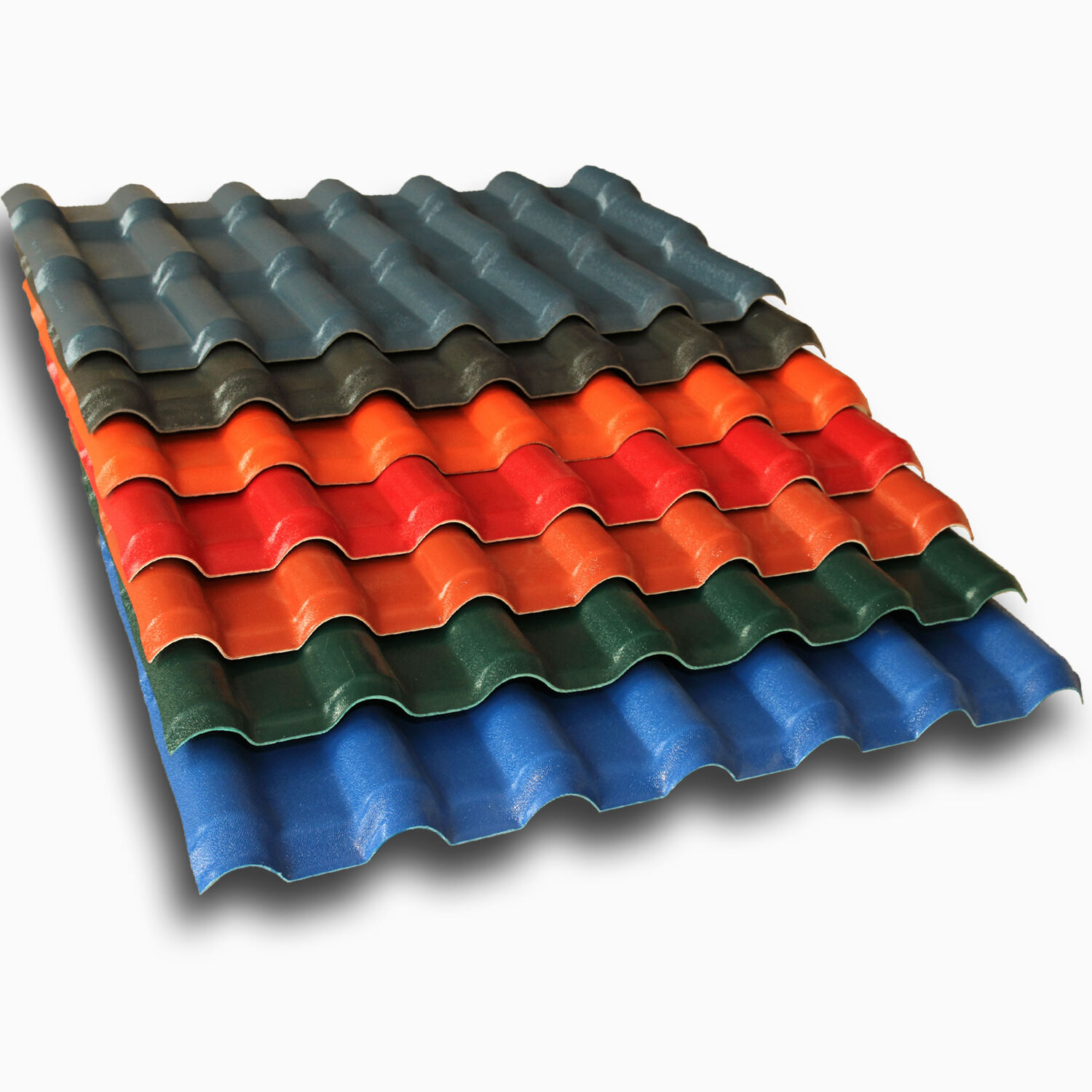
FRP-PC Hybrid Roofs for Modern Landscapes
FRP-PC hybrid roofs are at the forefront of modern landscape architecture, offering a fusion of flexibility, strength, and aesthetics. These roofing systems not only ensure a sleek design but also contribute to energy savings and sustainability, making them suitable for urban projects focused on eco-friendly solutions. They are known for superior performance in insulation and resistance to environmental stressors, which is crucial in reducing energy consumption. Several case studies demonstrate their success in various contemporary settings, showcasing both their functional benefits and aesthetic pairing with modern architecture. Additionally, the cost-efficiency of these roofing materials has contributed to their favorable market acceptance, highlighting a move towards innovative roofing options that emphasize both function and form.
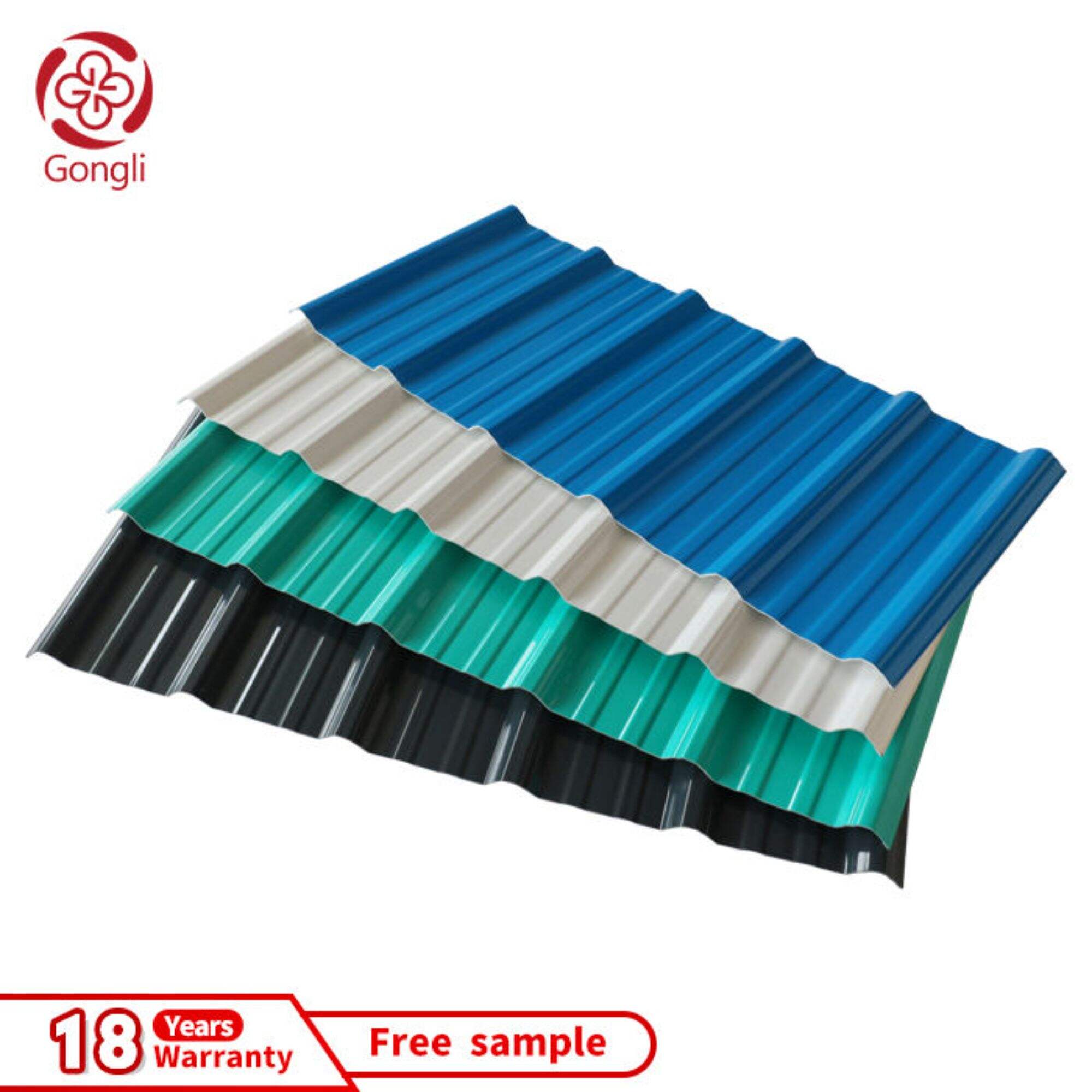
Kerala-Style Corrugated Hollow Roofing Systems
Kerala-style corrugated hollow roofing systems uniquely blend traditional craftsmanship with contemporary roofing innovations. These systems are celebrated for their ability to withstand heavy monsoon conditions, thanks to their durable hollow design and superior resilience. The integration of modern roofing technology with cultural insights ensures that these systems not only perform exceptionally well but also preserve the aesthetic and cultural significance of traditional architecture. Evaluations underscore their effectiveness in managing water runoff and minimizing structural stress, essential for regions with high rainfall. Increased global interest is driving market expansion and export potential, as more architects and builders recognize the value of traditional yet innovative roofing solutions in diverse climates.
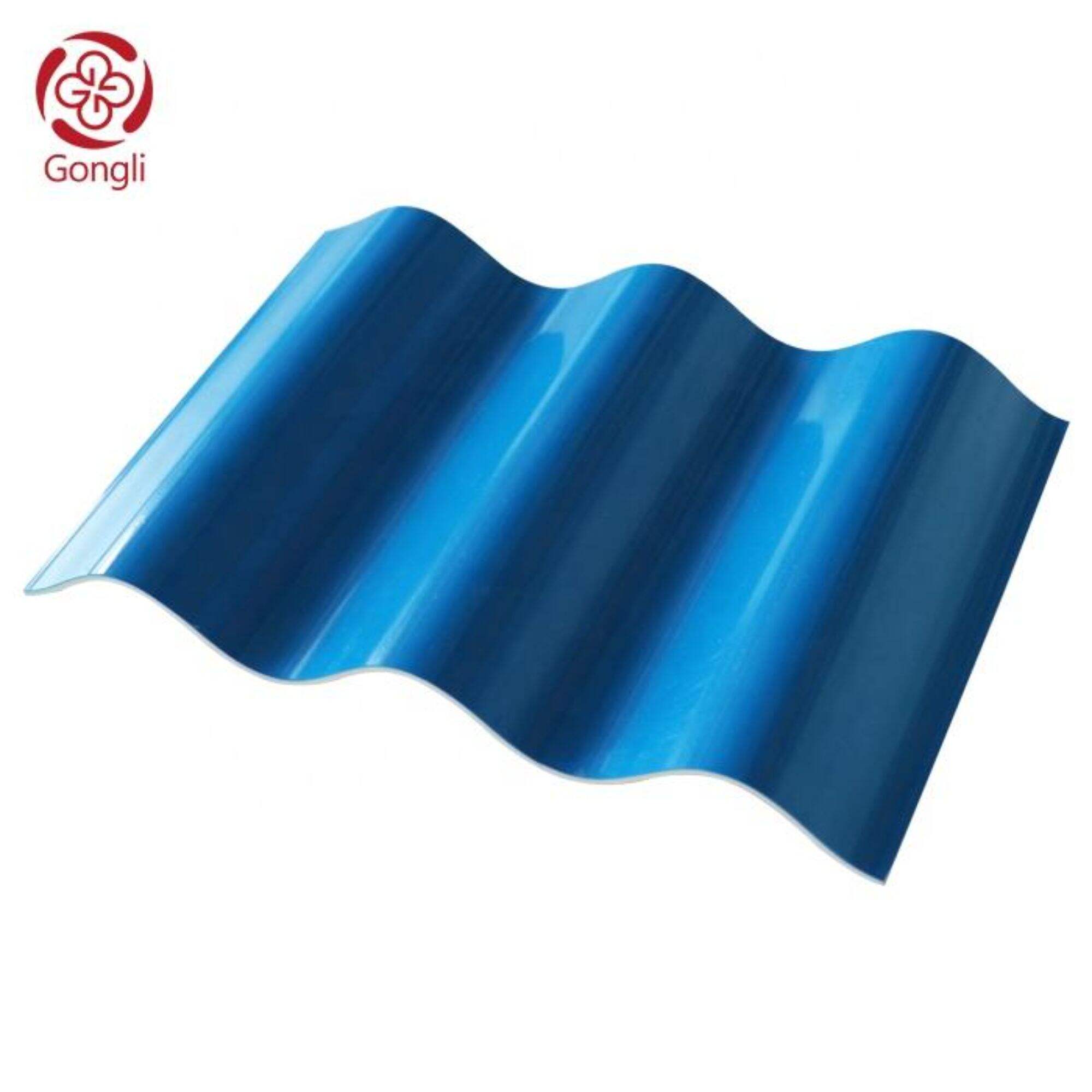
Recommended Products
Hot News
-
How to choose the right roof tile
2024-01-24
-
PVC Plastic Tiles: The Ideal Roofing Material
2024-01-24
-
The Essentials of Synthetic Resin Tile Manufacturing
2024-01-24

 EN
EN
 AR
AR
 BG
BG
 HR
HR
 CS
CS
 DA
DA
 NL
NL
 FI
FI
 FR
FR
 DE
DE
 EL
EL
 HI
HI
 IT
IT
 JA
JA
 KO
KO
 NO
NO
 PL
PL
 PT
PT
 RO
RO
 RU
RU
 ES
ES
 TL
TL
 IW
IW
 ID
ID
 LT
LT
 VI
VI
 TH
TH
 TR
TR
 AF
AF
 MS
MS
 KM
KM
 LO
LO
 MY
MY

